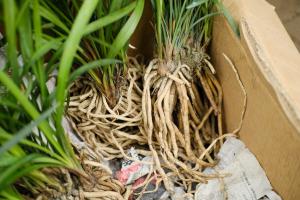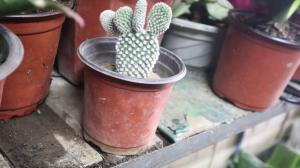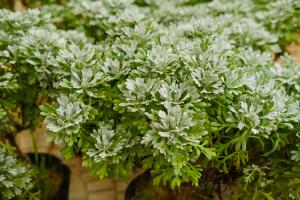1、 Family and genus
Aloe is a perennial plant belonging to the genus Aloe in the family aphrodaceae. It is an evergreen herb and an ornamental plant. Its origin is in the tropical arid areas of Africa. Now the planting areas are distributed all over the world, and there are also many areas in China

2、 Morphological characteristics
Aloe Vera is a succulent plant with short stems and clustered leaves. It is plump and juicy. Its shape is strip lanceolate. The color of its leaves is pink green, about 15-35 cm long, and sharp toothed spines are distributed at the edge. It can blossom. The height of the scape is about 60-90 cm. The color of the flowers is light yellow with red spots on it
3、 Growth habit
Aloe likes to grow in sandy nutrient soil with good water permeability, but doesn't like heavy soil. It is very fond of light and cannot grow without sunshine. It also has strong drought resistance, but it is necessary to ensure that there is enough water during the growth period. It can't be watered too much to avoid waterlogging. The temperature suitable for its growth is about 20-30 degrees Celsius. Pay attention to keeping warm in winter
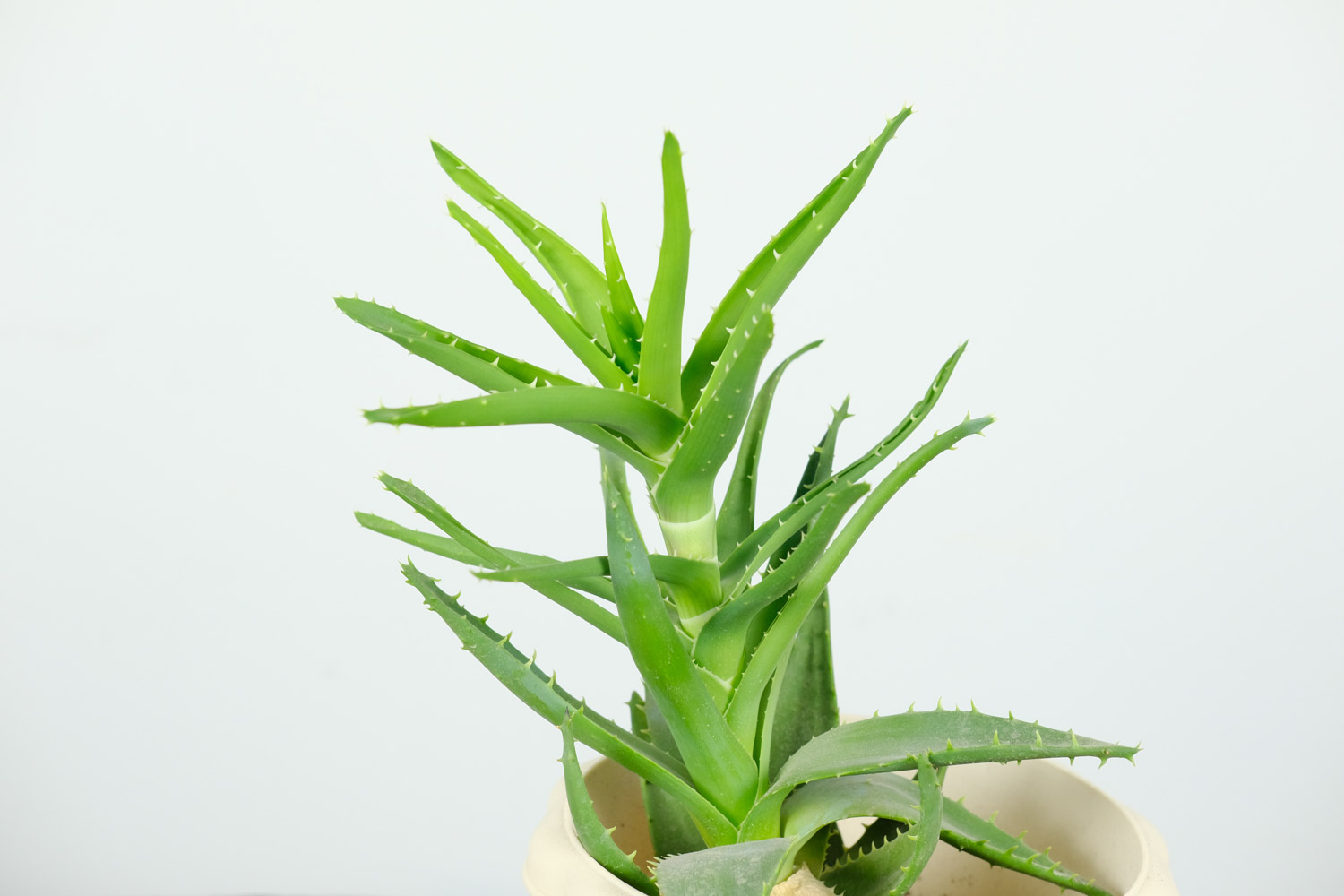
4、 Breeding method
There are several propagation methods of aloe. Cutting and branching are commonly used, and sowing can also be used
5、 Partially edible
Some varieties of aloe can be eaten, not all of them can be eaten. You should distinguish them before eating
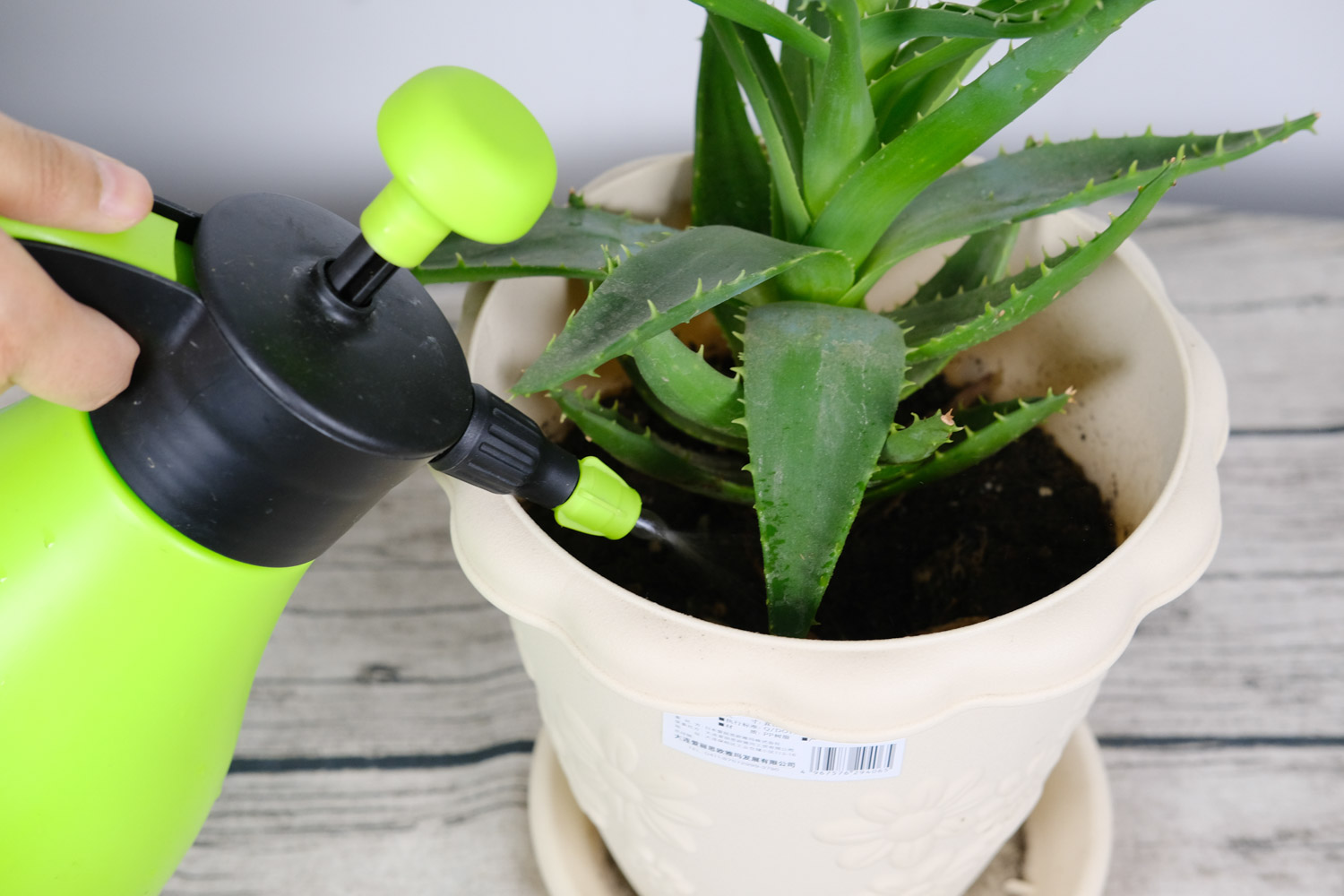

 jackfruit
jackfruit snake plant
snake plant hibiscus
hibiscus hydrangea
hydrangea lavender
lavender Green roses climb al...
Green roses climb al... If you don't pay att...
If you don't pay att... Management of four g...
Management of four g...
